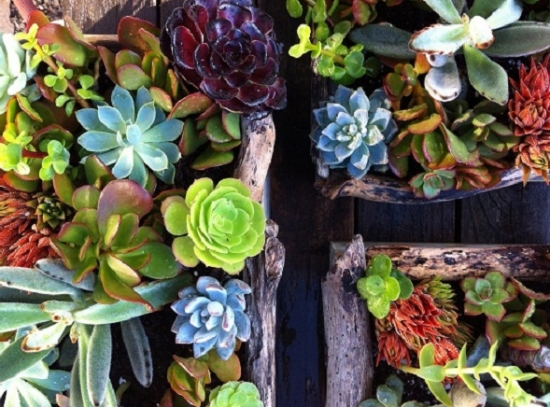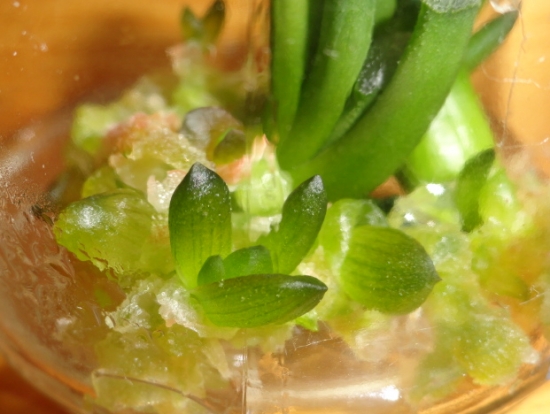Culture methods of succulent plants in North China
For fleshy flower lovers, how to raise meat well is always a topic worth studying, because different regions have different climate and environment, so the maintenance of succulent plants also need to fully take into account the local climate and environment. Next, let's take a look at how a senior flower friend from the north takes care of his succulent plants. These experiences are also worth using for reference by novice flower friends.

How to cultivate succulent plants (Northern part)
Coordinates of Hua you: Jinzhou City, Liaoning Province
Flower cultivation experience: love flowers for more than ten years, contact with Sedum for 4 years, enter the pit for two years
Climate characteristics: the highest temperature in summer is 37 degrees, usually 35 degrees is the limit, from November to March in winter, the lowest temperature is 18 degrees below zero, generally speaking, 15 degrees below zero is the extreme. The climate is characterized by less rain in summer, windy in spring, short in autumn and great fluctuation in temperature.
Culture environment: my culture conditions, exposed in the outer windowsill, a small platform of about 8 square meters, indoor in winter.
Variety preferences: like the big lotus, the European kind, large groups of students also like, the feeling of small and cute in general.
All right, after the introduction of the basic situation, the following specific breeding experience.
Many friends who have just entered the pit are bothered by this, but the old birds have absolutely no such thing. Why? Because the veteran understands that basin, soil, water, fertilizer, environment, plant and so on are interactive unity, it is meaningless to pay attention to one of these factors alone. For example, if the basin is very transparent, then there is no problem with finer soil particles; if the soil is coarse and the fine content is very little, then watering is necessary; if the soil contains a high proportion of organic matter such as peat, then there is little need for fertilizer; if the growing season is well ventilated, then fertilizer and water can be supplied as much as you can; and so on. Of course, beginners lack knowledge, so they should operate conservatively.
First, about the choice of basin and soil
I like the rough pottery basin, first of all, it is well permeable, and secondly, because there is too much perlite in my soil, the pottery basin can ensure that it is stable and will not be blown over by the strong wind.
My soil, coarse-grained perlite, northeast pine needle soil, limestone debris, the volume ratio is about 5:3:1, with a small amount of charcoal, activated carbon, nut shell.
Third, about watering
I belong to the watering type, and will be treated differently according to the season, basin soil and plants. Slide along the edge of the basin during the non-peak growing season, once every 10 days. The growing season may be flooded once every 5 days. Encryption frequency for water-loving varieties such as antlers and begonias.
IV. On fertilization
- Prev

How to prune potted flowers
Pruning can not only create a good plant shape, but also regulate the distribution and supply of plant nutrients to prevent excessive growth of branches and leaves, and promote flower bud differentiation and bud pregnancy.
- Next

What is the tissue culture of succulent plants?
Succulent tissue culture refers to the process of using a part of succulent plants to obtain new seedlings (cloned seedlings) through asexual vegetative reproduction, also known as plant cloning.
Related
- Wuhan Hospital Iron Tree Blooming Result Was Instantly Frightened by the Gardener Master
- Which variety of camellia is the most fragrant and best? Which one do you like best?
- What is the small blue coat, the breeding methods and matters needing attention of the succulent plant
- Dormancy time and maintenance management of succulent plants during dormancy
- Minas succulent how to raise, Minas succulent plant pictures
- What are the varieties of winter succulent plants
- How to raise succulent plants in twelve rolls? let's take a look at some experience of breeding twelve rolls.
- Attention should be paid to water control for succulent plants during dormant period (winter and summer)
- Watering experience of twelve rolls of succulent plants
- Techniques for fertilizing succulent plants. An article will let you know how to fertilize succulent plants.

